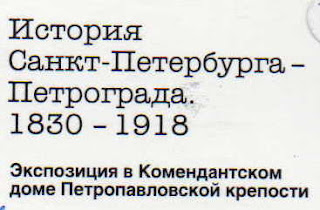Card no 454 - Larisa
The Fountain near the Brothers Nikitin Circus, Saratov
Country Card Sent From: Russia
Place that Card Sender Lives: Saratov
Date Received: 26th March 2013
Distance Travelled: 2,033 miles
Time Taken: 15 days
This beautiful fountain is in Kryty Square, Saratov, and the postcard, being twice normal size, shows it to its full advantage.
Saratov traces its history to the reign of Tsar Fyodor Ivanovich, who constructed several settlements along the Volga River in order to secure the southeastern boundary of his state. During the summer of 1586, the fortress of Samara was founded, followed by Tsaritsyn in 1589 and finally Saratov, located midway between Samara and Tsaritsyn, in 1590.
The future town's buildings were first constructed in the upper reaches of the Volga, a full year prior to the in situ foundation of Saratov. In the spring of 1590, workers disassembled the con-structions, marked each log, and delivered the "town" to its destination via the river. This method allowed the buildings to be rapidly erected in just a few weeks.
During the Nineteenth Century, Saratov, with a population of 240,000, was the third-largest city in Russia.
During World War II, Saratov was a station on the North-South Volzhskaya Rokada, a specially designated military railroad providing troops, ammunition and supplies to Stalingrad. Until the end of the Soviet Union in 1991, Saratov was designated a "closed city", that is, strictly off limits to all foreigners due to its military importance. This was due to the presence of a vital military aircraft manufacturing facility in the city.
Saratov has moderately continental climate with warm and dry summers and an abundance of sunny days. The warmest month is July with daily mean temperature near +23 °C (73 °F); the coldest is February, at −8 °C (18 °F). Summers are hot and dry in Saratov. Daytime temperatures of +30 °C (86 °F) or higher are commonplace. Snow and ice are dominant during the winter season. Saratov receives about 92 centimeters (36 in) of snowfall annually. Days well above freezing and nights below −25 °C (−13 °F) both occur in the winter.
The city has a population iof around 838,000 and in addition to ethnic Russians, it also has many Tatar, Ukrainian, Jewish, and German residents.
This was the stamp –



















































